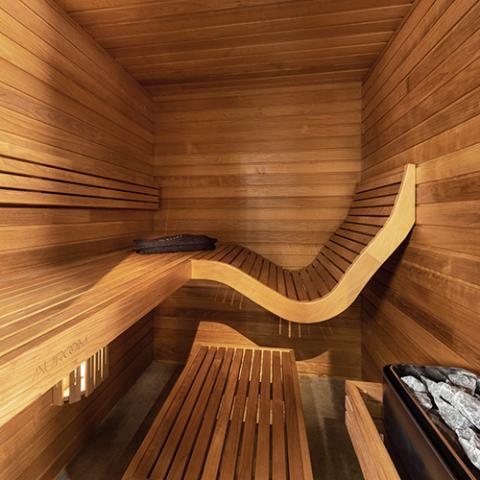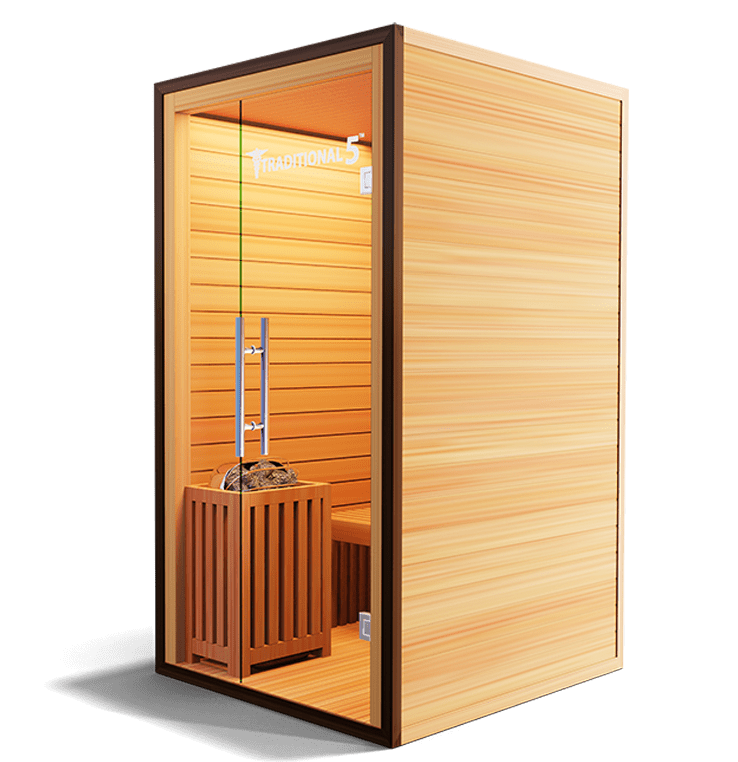See This Report on Traditional Sauna
See This Report on Traditional Sauna
Blog Article
The Basic Principles Of Traditional Sauna
Table of ContentsFacts About Traditional Sauna RevealedOur Traditional Sauna StatementsTraditional Sauna for BeginnersRumored Buzz on Traditional SaunaGetting The Traditional Sauna To Work
Many of the weight shed in a sauna is water loss and is re-gained upon rehydrating. Nonetheless, certainly sauna can be a fundamental part of a healthy and balanced weight-loss program. To check out the differences in between typical and IR saunas, I will certainly separate these right into verifiable, academic, and made distinctions.Thus, the best point in the saunawhich goes to the ceiling straight above the sauna heateris generally in between 185 and 190 F. Claims that a typical sauna surpasses 200 F is simply not real and not suitable for electric saunas offered in the US. The temperature for a far-infrared sauna is usually established between 120 and 140 F; nevertheless, unlike the traditional sauna, the objective in and IR area is not to accomplish a high temperature.
Due to this, the temperature difference is almost unimportant, given that excessive sweating results in both sauna kinds, but the technique of warming the body is different. In an IR sauna the bather will certainly feel warm and will certainly sweat profusely, however at a lot lower temperatures (Traditional Sauna). Thus, if the goal is to invest longer amount of times in the sauna, the IR sauna is a good option
When a traditional sauna has been correctly warmed, the sauna walls are warm, the air temperature level has actually achieved established temperature level and the rocks are super heated. As an intriguing side note, the heated wall surfaces and the rocks are sending out far-infrared heat, integrated with the warmed air, to develop an "covering warm".
Traditional Sauna Can Be Fun For Anyone

When the high temperature level is achieved, the elements cycle on and off to maintain the high temperature level. The majority of typical sauna users delight in pouring water over the rocks to create vapor to increase sauna humidity levels. The advantages of putting water over the rocks include: making the room much more comfortable, moistening the nasal passages, and allowing the use of aromatherapy by blending important oils with the water.

When the power goes into the body, it creates the body temperature to raise and eventually causes perspiration. In an infrared sauna it's crucial for the emitters/heaters to stay on nearly continuously. Since there is no mass of rocks to keep heat, the sauna will cool down if the emitters shut down.
As pointed out over, the sauna bather in an infrared room wishes to place himself in front of operating emitters to obtain optimal benefit from the warm. The home heating time for both areas can be very various, depending upon just how the rooms are utilized. For a typical sauna, a bather needs to allow 30-40 minutes for the area to attain a desired temperature level and to appropriately pre-heat the rocks.
Traditional Sauna for Beginners
A well built sauna will normally accomplish a temperature of 150-160 F in about 30-40 minutes. For hotter temperatures, the room may require to warm for a longer period.

Standard saunas tend to be larger (therefore utilize even more electrical energy) than infrared saunas, although traditional saunas are definitely readily available her explanation in one and two individual sizes. For a two-person standard sauna, 5x6 or 5x7 dimension is most popular. The leading bench can easily seat 2 or three people and is additionally long enough to rest during the sauna session.
Little Known Questions About Traditional Sauna.
The typical price per kWH of electrical energy in the U.S. is around $0.11, so a 4.5 kW heating system will cost about $.50 to run for one hour, if the heater runs continually for one hour. Usually a sauna heater will run for 75% of the very first hour and 50% of subsequent hours on because the aspects cycle once the established temperature is accomplished.

Finally, there is a seldom reviewed distinction in the social experience in between both areas. While our society has lost several of the social advantage of the conventional sauna experience, it can be very socially rewarding (Traditional Sauna). From family members time in the sauna, to heart-felt conversations with loved ones, to sauna partiesthe typical sauna experience can cause intimate interacting socially
The Best Strategy To Use For Traditional Sauna
Many greater end infrared areas include colored light treatment, audio systems and full-glass fronts.
Report this page